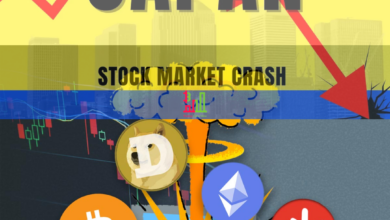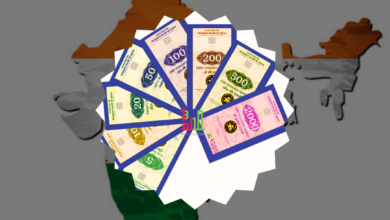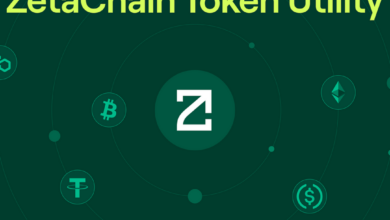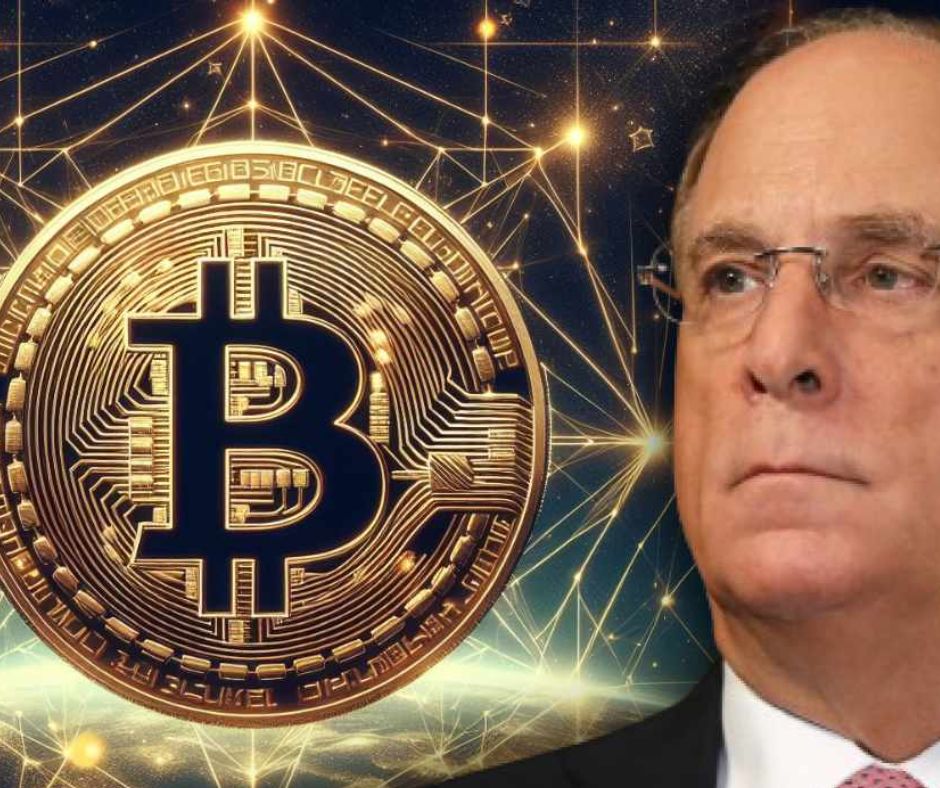All about WEB. Difference between Web1 Web2 and Web3

What is web1?
The term “web” refers to the World Wide Web, commonly known as the web. It is an interconnected system of documents and resources that are accessible over the internet. The web is a subset of the internet, which is a global network of interconnected computers.
The web consists of web pages that are written in languages like HTML (Hypertext Markup Language) and CSS (Cascading Style Sheets). These pages are hosted on web servers and can be accessed using web browsers. When a user requests a web page by typing a URL (Uniform Resource Locator) into a web browser or by clicking on a link, the browser sends a request to the appropriate web server, which then sends back the requested web page.
The web operates on a client-server model, where web browsers act as clients that request and display web pages, and web servers act as the servers that store and deliver those pages. Web pages can contain various types of content, including text, images, videos, audio, and interactive elements.
The web has revolutionized the way information is accessed and shared, enabling individuals and organizations to publish and consume content on a global scale. It has also facilitated the development of numerous online services, such as email, social networking, e-commerce, search engines, and much more.
Overall, the web is a vast and interconnected network of information and resources that allows users to navigate and interact with various websites and online content.
What is Web2?
Web2.0 refers to the second stage of development of the World Wide Web, marking a shift from static web pages to dynamic and interactive online experiences. Web2.0 emerged in the early 2000s and introduced significant changes in how people create, share, and interact with online content. Here are some key characteristics of Web2.0:
- User-generated content: Web2.0 brought about a shift from passive consumption of content to active participation. Users became content creators, contributing their own text, images, videos, and other media to websites and online platforms. Examples include social media platforms like Facebook, Twitter, and YouTube, where users generate and share content.
- Social networking and collaboration: Web2.0 introduced social networking sites that fostered connections and communication among users. It enabled individuals to create profiles, connect with friends and colleagues, and share updates. Collaborative platforms, such as wikis and online document editors, also emerged, allowing multiple users to work together on shared projects.
- Rich internet applications: Web2.0 introduced technologies like Ajax (Asynchronous JavaScript and XML) that enabled more responsive and interactive web applications. This led to the development of dynamic web pages with real-time updates, smoother user interfaces, and enhanced user experiences.
- Tagging and folksonomies: Web2.0 popularized the use of tags, keywords, and user-generated metadata to organize and categorize content. This approach allowed for easier content discovery and navigation. Folksonomies, which are user-generated taxonomies, emerged as a way to collectively organize information based on user-defined tags.
- Web services and APIs: Web2.0 saw the rise of web services that allowed different applications and platforms to interact and share data. Application Programming Interfaces (APIs) enabled developers to integrate various web services and create mashups by combining functionalities from multiple sources.
- Personalization and customization: Web2.0 emphasized personalization and customization features, tailoring content and services based on user preferences and behavior. Websites and applications began offering personalized recommendations, targeted advertising, and customizable interfaces.
Web2.0 represented a significant shift in the web landscape, empowering users to contribute, collaborate, and interact with online content in ways that were not possible in the earlier stages of the web. It laid the foundation for the social, interactive, and participatory web experiences that continue to evolve today.
What is Web3?
Web3.0 refers to a vision of the future evolution of the World Wide Web that aims to address some of the limitations and challenges of the current web (Web2.0). While there isn’t a universally agreed-upon definition of Web3.0, it generally revolves around the ideas of decentralization, enhanced privacy, and the integration of emerging technologies. Here are some key concepts associated with Web3.0:
- Decentralization: Web 3.0 seeks to move away from centralized systems and promote decentralization. This involves leveraging technologies like blockchain, distributed ledger technology, and peer-to-peer networks. The goal is to reduce reliance on intermediaries, enhance security, and enable greater transparency and trust.
- Blockchain and Distributed Ledger Technology (DLT): Web3.0 envisions the integration of blockchain and DLT as foundational technologies. These technologies enable decentralized and tamper-resistant record-keeping, facilitating secure and transparent transactions, smart contracts, and the creation of decentralized applications (dApps).
- Enhanced Privacy and User Control: Web3.0 aims to give users more control over their data and privacy. It seeks to provide individuals with the ability to manage and authorize access to their personal information, reducing the power of centralized entities that collect and control user data.
- Interoperability: Web3.0 emphasizes interoperability, allowing different platforms, protocols, and applications to work together seamlessly. It promotes open standards, data portability, and the ability for users to easily switch between different services and applications.
- Semantic Web: Web3.0 envisions the development of a more intelligent and context-aware web through the use of semantic technologies. This involves enhancing the meaning and understanding of web content, enabling machines to process and interpret information more effectively.
- Artificial Intelligence (AI): Web3.0 explores the integration of AI technologies to enhance user experiences. AI algorithms can analyze vast amounts of data, personalize content, provide recommendations, and enable intelligent automation.
It’s important to note that Web3.0 is still an evolving concept, and the full realization of its vision is yet to be achieved. The transition from Web2.0 to Web 3.0 involves ongoing research, development, and community involvement. Various projects and initiatives are exploring different aspects of Web3.0, aiming to create a more decentralized, private, and innovative web experience.
Difference between Web1 Web2 and Web3

Web1, Web2, and Web3 are terms used to describe different stages of the evolution of the World Wide Web. Here’s a brief explanation of each:
- Web1 (Read-Only Web): Web1 refers to the early stage of the web when it was primarily used for accessing and consuming information. During this phase, websites were static and provided limited interaction.
- Users could only read and navigate through web pages, and there was minimal user-generated content. The focus was on publishing and sharing information rather than collaboration and interactivity.
- Web2 (Read-Write Web): Web2 represents the current state of the web, which emerged in the early 2000s and is characterized by user interactivity and participation and introduced various technologies and platforms that allowed users to contribute, share, and collaborate on the web. Social media platforms, blogs, wikis, and interactive web applications are examples of Web2 technologies.
- Web2 also witnessed the rise of e-commerce, online communities, and the sharing economy. Companies like Facebook, YouTube, Twitter, and Wikipedia are prominent examples of Web2 services.
- Web3 (Decentralized Web): Web3 is an emerging concept that envisions a decentralized and user-centric web. It aims to address some of the limitations and concerns associated with Web2, such as data privacy, security, and centralized control. Web3 leverages blockchain technology, decentralized protocols, and cryptocurrencies to create a more open, transparent, and autonomous web ecosystem.
- It emphasizes the empowerment of users, data ownership, and peer-to-peer interactions. Web3 applications (dApps) enable users to have control over their data, participate in decentralized governance, and engage in decentralized finance (DeFi), decentralized social networks, and other decentralized services.
In summary, while Web1 focused on static information consumption, Web2 brought interactivity and user-generated content. Web3, still in its early stages, aims to decentralize the web and empower users through blockchain technology and decentralized protocols.




